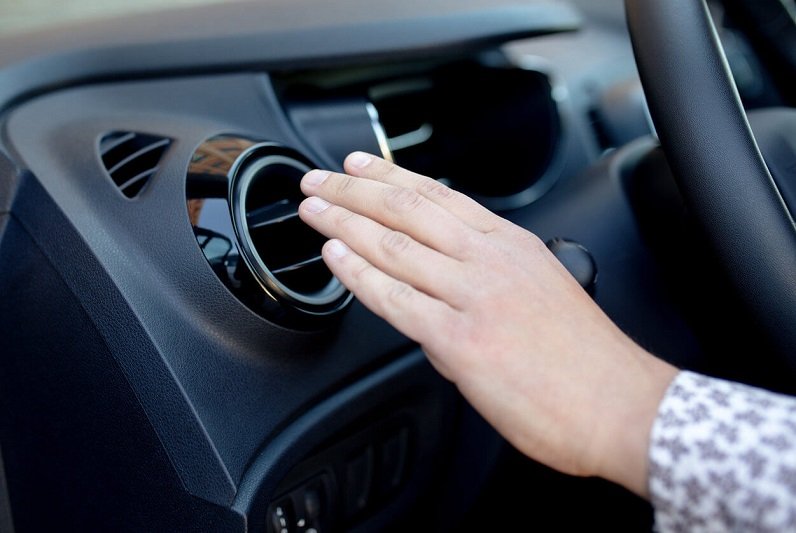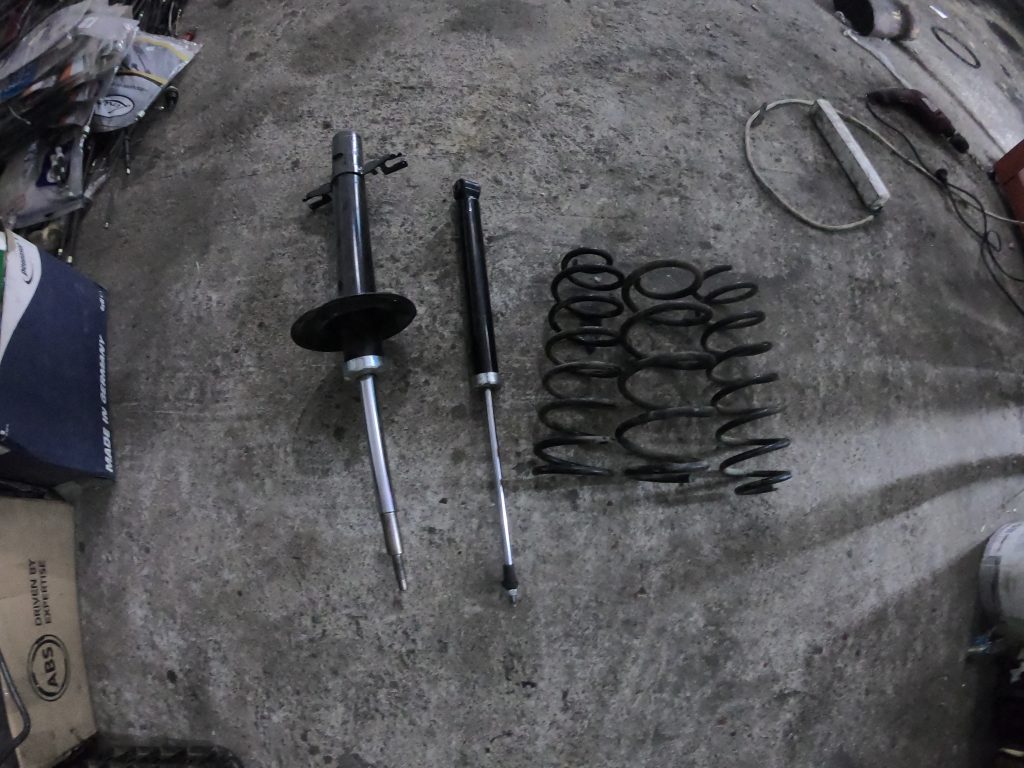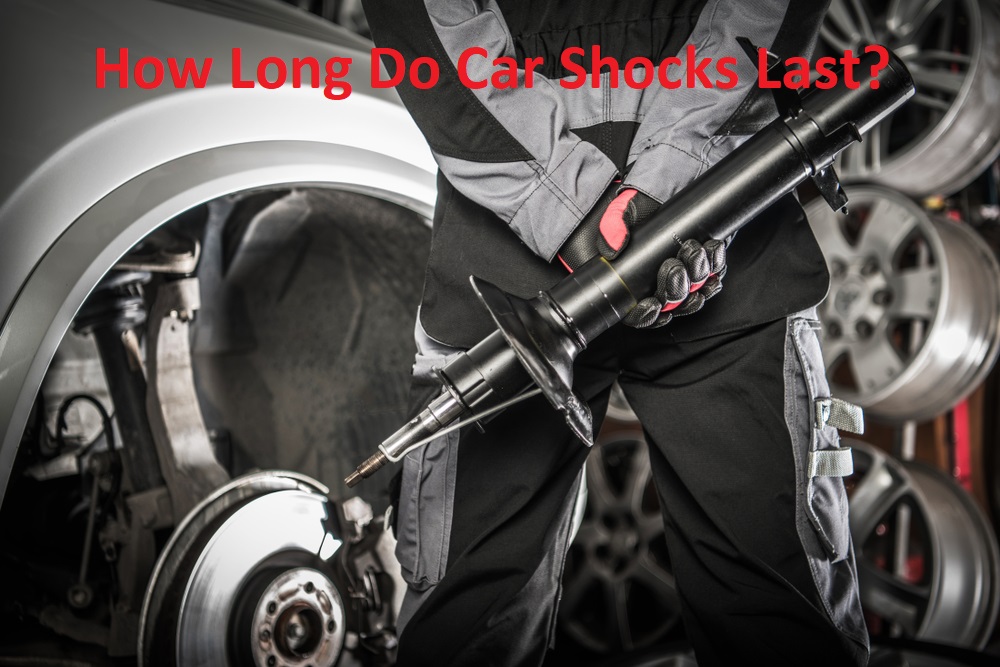You’re traveling during summer, sweating because you’re tempting to activate the car air conditioning to save a few dollars.
Is it worth it, and does your car’s air conditioning indeed consume petrol to operate?
Yes it does! The AC unit of your car draws its energy from the alternator. The alternator, in turn, is powered by the engine, which is energized by gasoline fuel. So without gasoline, or gas for short, the chain reaction that leads you and your passengers to enjoy the cooling comfort coming from the AC unit wouldn’t be possible!
What’s the other gas called the refrigerant? How does it work on the AC?
The second type of gas that the car AC uses is the high-pressure gas called a refrigerant. No matter what AC system your automobile uses, the refrigerant will be an integral part of the complicated process, resulting in comfortable cooling inside your car.
Here are the steps and the parts of the car AC which utilizes the refrigerant in the procedure:
- The COMPRESSOR compresses the refrigerant into a fluid state. This is to enable the refrigerant to flow through a line to the condenser.
- Then, the CONDENSER removes heat coming from the liquid refrigerant and moves the refrigerant over to the expansion valve or orifice tube.
- While inside the EXPANSION VALVE or ORIFICE TUBE, the refrigerant is reverted to the original gaseous state and transported to the receiver/drier or accumulator.
- While in the RECEIVER/DRYER or ACCUMULATOR, moisture is extracted from the refrigerant and moved to the evaporator.
- The final part of the journey of the refrigerant through the car AC. The EVAPORATOR acquires heat from the air passing through its core and transfers this into the refrigerant. This results in cold air flowing from the evaporator. The inner chamber of the automobile gets cooled as a result of this.
When to use or not to use the car ac unit?

When the weather gets to be so hot, but you still need to drive your car to your intended destination, you wouldn’t want to be sweating profusely inside your vehicle as it will result in you becoming increasingly uncomfortable.
You don’t want to reach your destination dripping wet, and you need to change into another shirt. It would be a hassle, and it would be foolish if your car has an AC unit, but you refuse to use it because you just wanted to save on gas.
The AC unit exists there to serve you, not the other way around. It’s made to make you feel comfortable doing the rounds of your intended destinations for the day. But let’s ask the question: Does AC usage in your car impact your gas consumption?
What’s the actual score in the relationship between car AC usage and gas consumption?
Based on scientific and engineering studies, expect your car’s fuel efficiency to decrease by an estimated 3 miles per gallon when you use your car AC. This will depend on the size of your engine, according to its reputation, either as a gas guzzler or as a fuel economy car.
The reason for this is when the AC unit is on, the gas inside the car tank not only services the energy needs of the engine (and the components relying on it) but also the requirements of the AC unit.
The objective of the AC is to transport the refrigerant gas from the compressor to the evaporator until it cools the interior.
But most people will say that the extra gas consumption you’ll be utilizing to stay cool and comfortable while the AC is operating is worth the cost.
Can using your car AC be ever fuel efficient?
Yes, there are scenarios when using your car AC will make your vehicle even more fuel-efficient than not using it.
You’ll be surprised that at some point in time, while using your car AC, you will be saving more gas compared to just rolling down the windows and letting natural ventilation into the car.
Consider this. When traveling above 50 miles per hour (usually highway driving), it would be more advisable to turn on your car AC rather than rolling down your windows.
Because aerodynamics dictate that when your vehicle windows are open, the air drag at high speeds is a heavy burden to the car’s engine, and results in more gas being burned.
When you close the windows and then turn on the car AC, the air that passes on the car’s surface is more streamlined and doesn’t interfere or drag down the car’s speed. It results in fuel efficiency and more savings for you, surprisingly.
But on the contrary, if you’re traveling below 50 miles per hour (which is primarily true in city driving), and the weather is pleasantly cool, this is the time to turn off your car AC and roll down your windows. You will save more gas this way.
When do I use the car AC even if it means more gas is consumed?
Strike a balance among health needs, air pollution, and fuel economy.
Jot out fuel economy from your objectives of the day if the city air is so badly polluted, you have passengers who have respiratory problems, or you have to feel fresh (together with your passengers) as you drive towards your destination.
Your car AC is installed into your vehicle to serve your cooling needs. So why not use it to your advantage? Most of the time, when you own a car, it’s not about fuel economy. It’s mostly all about your comfort and overall hygiene, and health optimization.
Are there other ways to improve the fuel economy of your vehicle?
Don’t blame the car AC every time you think that your car consumes too much gas. There are several other factors:
Change your oil regularly, and don’t use cheap engine oil

Brand new motor oil that circulates throughout the mechanical systems inside your car will make your fuel consumption much more conservative even if you constantly use your car’s AC.
Brake in a gradual manner
You will be braking abruptly regularly if you’re not too focused on road distractions and if you constantly drive at high speeds even when it’s not necessary.
When you’re prepared for any obstacle on the road, and you need to brake, you’ll be ready conditioned to step on the brakes gently, way ahead of time. Believe it or not, braking affects fuel economy.
Idling for more than 5 minutes
If you anticipate that your car, while parked, won’t be moving back into the roads in 5 minutes, put off your engine. Idling for an extended period is terrible for your fuel consumption, and you should be decisive when you need to put off the engine.
Tires are properly inflated and aligned
Tires that are not properly maintained and don’t contain the ideal air pressure harm the vehicle’s dampening when potholes and other obstacles on the road. As a result, needlessly higher gas usage will occur.
Load light
When items in your car don’t need to be there with you on your journeys, get them out of your vehicle because added weight, while you drive, will make your truck consume more gas.
Use sun-blocking reflectors when you expect to park in a hot spot
When your car is hot from the sun, and you start to drive, your car’s AC and the engine will work harder to optimize the coolness of the temperature inside the car’s interior.
Keep an eye on the Optimal Speed and Fuel Economy indicator
Most cars these days have an Optimal Speed or Fuel Economy indicator light on your dashboard, which lights up when you drive at a speed that’s just right when you travel.
Usually, fuel efficiency is achieved when you move at a steady clip somewhere between 30 to 50 miles per hour.
Can rolling down the windows work hand in hand with putting on the car AC? Final Thoughts

Yes, they can work together, but not simultaneously. If your car has been parked in the heat of the sun for an extended period, and then when you suddenly got in your vehicle, you will feel like you just stepped into a sauna, and it’s so sizzling hot.
This is when the temporary beauty of rolling down the windows kicks in.
If you still have time to waste, don’t start the engine yet, but roll down the windows so that the hot air accumulated inside the car will seep out.
After a few minutes, you can drive the car, with the windows still down. When you feel that the temperature has settled down, this is the time to start the car AC.
But don’t close the windows just yet, until you feel that the AC has cooled enough. When you think it’s the right time, roll up the windows.
That’s why it’s a good idea to always bring an extra shirt with you because sweating from the heat can’t be avoided.





